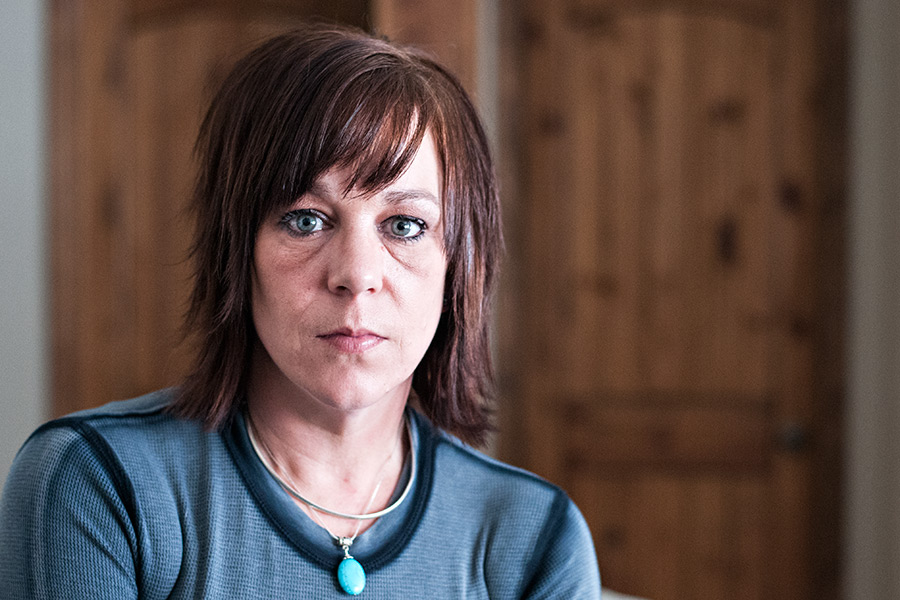Health care providers, doctors, law enforcement officials and judges are all taking part in a newly formed task force established to battle the Flathead Valley’s growing drug problem.
The Flathead Valley Community Drug Task Force was established earlier this year by a group of caregivers at Kalispell Regional Healthcare who have become concerned with the number of patients they are seeing struggling with addiction.
According to Flathead County Sheriff Chuck Curry, the Northwest Montana Drug Task Force confiscated more methamphetamine in the first six months of 2016 than it did during all of 2015. In 2014, the task force confiscated or purchased in undercover operations nine pounds of meth; in 2016, it has already taken in more than 20 pounds.
The Flathead Valley Chemical Dependency Center is also seeing an increase in patients dealing with illegal drug addiction. In 2016, 17.5 percent of its clients have reported being addicted to methamphetamine and 7.6 percent have reported using heroin.
Local law enforcement and health officials have said the amount of meth in Northwest Montana now rivals what was seen in the early 2000s during the state’s first epidemic, which spurred efforts such as the Montana Meth Project.
Mindy Fuzesy is a neonatal intensive care unit (NICU) specialist at Kalispell Regional Medical Center and one of the organizers of the new drug task force. She said she has seen a sharp increase in the number of infants suffering from neonatal abstinence syndrome, which occurs when a newborn is exposed to addictive illegal or prescription drugs while in the mother’s womb. Fuzesy said between January and May of this year, 30 percent of the infants admitted to the NICU were treated for neonatal abstinence syndrome, which accounts for about 9 percent of the hospital’s total births.
Nationally, about six out of every 1,000 infants are born with neonatal abstinence syndrome.
“The infants go through the same withdrawals as an adult,” Fuzesy said. “They have seizures, they vomit, they can’t keep food down, and they cry non-stop. It’s just terrible to watch a baby go through this.”
Fuzesy said more resources are needed in the Flathead Valley to help those who are suffering from drug addiction. The task force supports the establishment of a drug court that sentences users to treatment instead of incarceration; the construction of more in-patient treatment services and sober living facilities; and increased access to birth control.
Amber Norbeck, a pediatric pharmacist, said more needs to be done to inform children about the dangers of drug use, specifically prescription pills. She encouraged parents or caregivers to lock up medications they need and dispose of those they don’t need so the pills don’t fall into the wrong hands.
The task force is currently meeting monthly to discuss what they can do at a grassroots level to help combat drug use. Recently, Jodie Barwiler-Foster, a local mother who lost her son to heroin in 2014, spoke to the group. Barwiler-Foster echoed the group’s calls for more resources in the valley.
“People who are addicted here don’t know where to go for help,” she said. “We just don’t have the resources. We need to do everything we can to help these people, because in many cases, they don’t have anything.”
For more information, visit www.borndrugfreemt.com.
